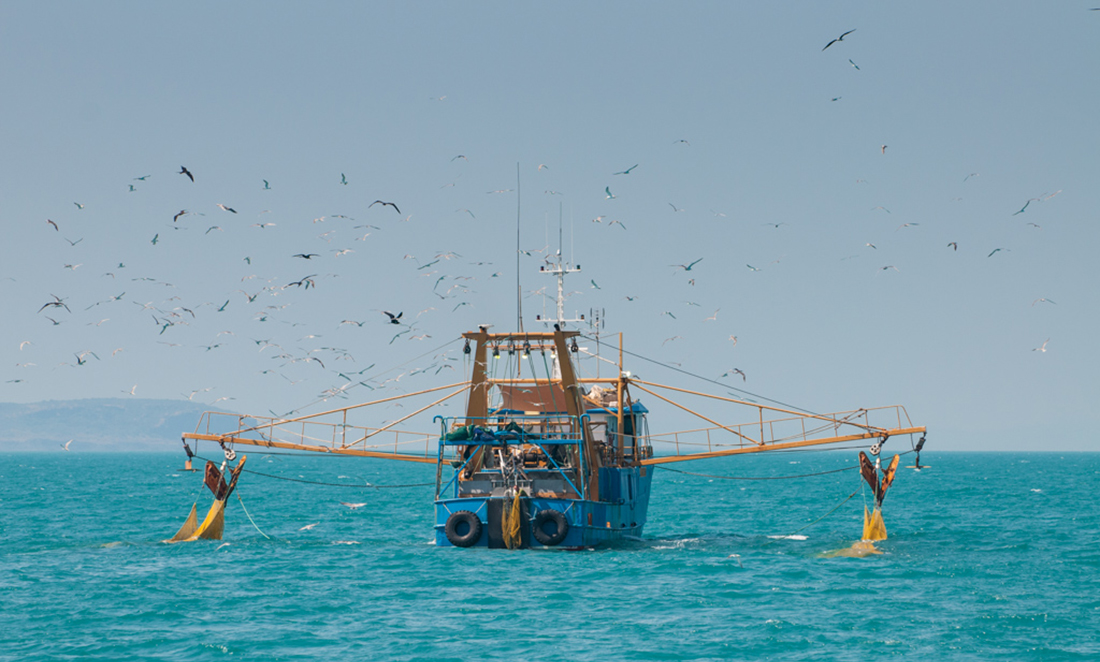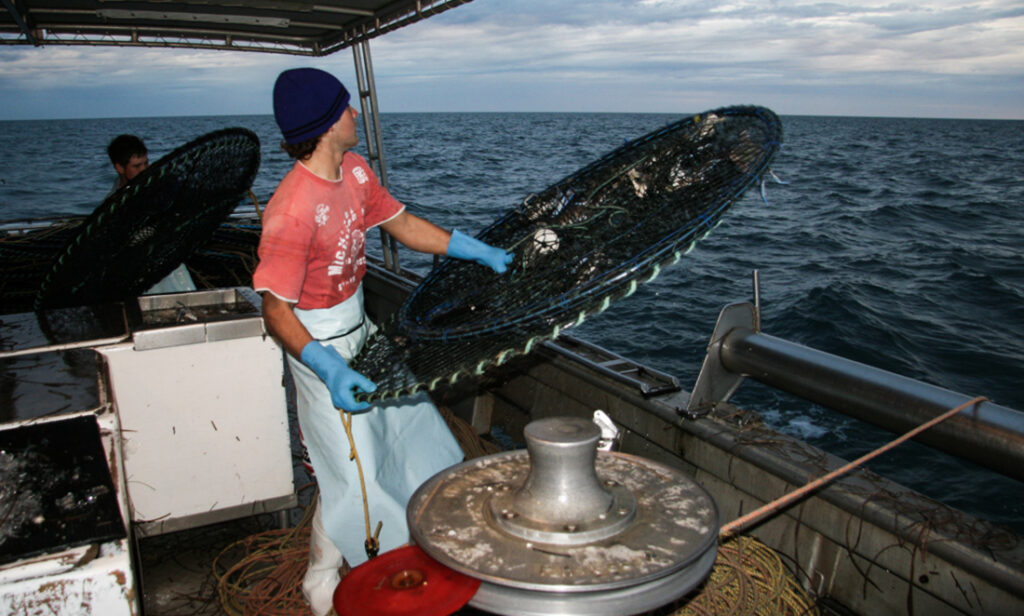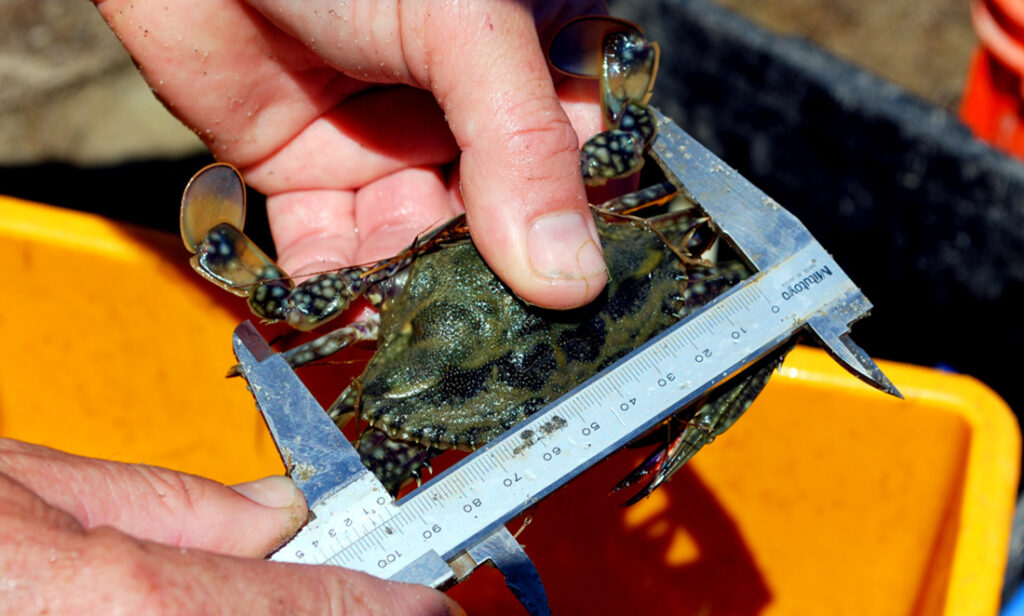A status report released by the Department of Primary Industries and Regional Development (DPIRD) show WA’s fish stocks are in a healthy condition.
WA has around 70 fisheries, with about 40 operating under a formal management plan or developing towards that.
Eight WA fisheries have achieved independent certification from the internationally recognised Marine Stewardship Council (MSC) assessment methodology.
According to Director of Fisheries Science and Resource Assessment Dr Dan Gaughan, this demonstrates that careful management over the past decades has been successful at maintaining healthy fish stocks.
“WA now has more fisheries certified through the MSC process than any other Australian State or the Federal Government,” he says.
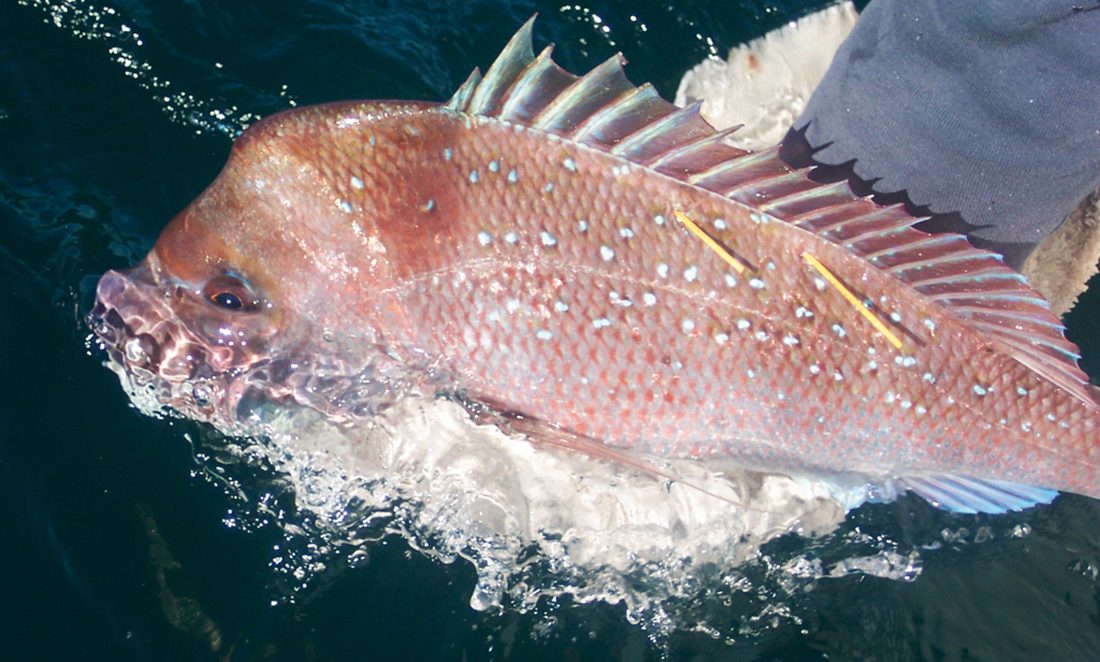
Dan says, for the past 40 years, reporting has been undertaken to track the catches of every retained species in the state.
“The fisheries are kept an eye on through the annual status report, and this provides the basis to manage the fisheries,” he says.
Surviving the hot water
Though catch is carefully tracked, overfishing isn’t actually the main issue facing the successful management of our aquatic resources.
“It’s the environmental factors that come through that have been causing the most concern in recent years,” Dan says.
A few years ago, a marine heat wave caused really hot water to propagate down the coast.
It affected lots of marine life, including the Shark Bay crabs and scallops and abalone further south.
“It happened quite quickly—too quick to get a concise answer to what was going on at the time.”
He says the heat killed species directly and likely indirectly through negative impacts on reproduction.
“Scallops only live a couple of years, so once they were knocked out, it took a few years to build the stock back up again.”
During that period, Dan says the government put in place quite stringent management measures.
“They more or less closed the scallop fishery until it got back to a level that could withstand commercial fishing again,” Dan says.
The scallop fishery was able to open again and crabs have now also recovered, but the abalone still aren’t out of hot water.
Careful management the key
Examination of the data collected through the 70s to 90s showed that fish stocks really did need to be looked after through explicit management.
One population that really suffered was the shark fisheries.
“Sharks can be vulnerable to exploitation, as they grow slow, live long and produce low numbers of young,” Dan says.
“Some shark species will have only one or two live young, whereas species such as dhufish can produce 10,000 to 40,000 eggs in one go.”
Dan says we’ve managed to come through without having too many fisheries that have been overfished.
“Commercially fished shark species have been on a rebuilding plan, and they have been responding quite well over 10 to 15 years.”
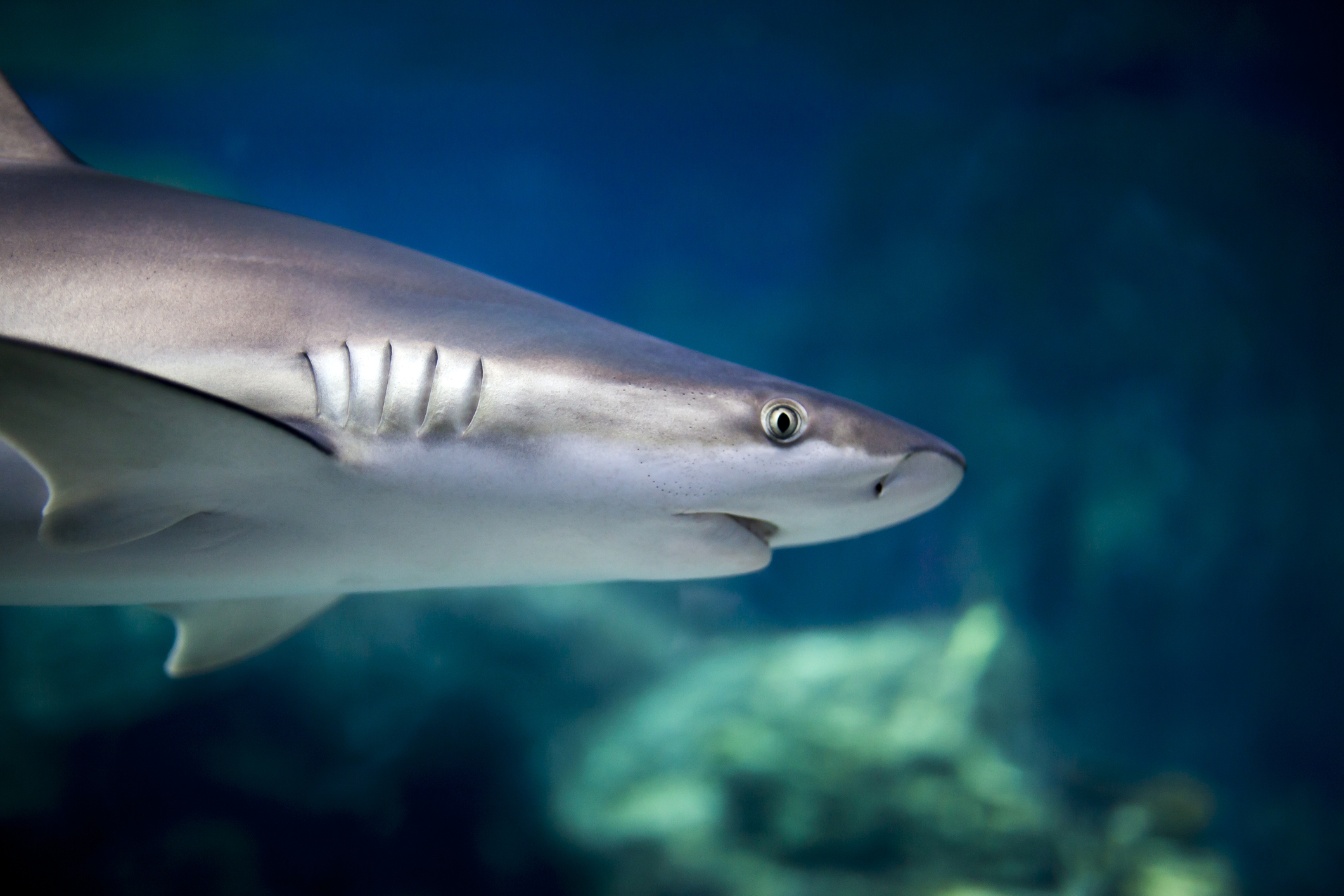
Keep it moving
For a number of years now, WA has achieved the great result of having 95% of its stock in good shape.
“But as one thing recovers, others are not too good,” Dan explains, “so we need to move capabilities and energy around. When we see signs of things not looking good, we direct resources to have a closer look.”
Dan says WA really does have a world-class system.
“It combines the research and science to give advice on stock status, provide education and encourage compliance.”
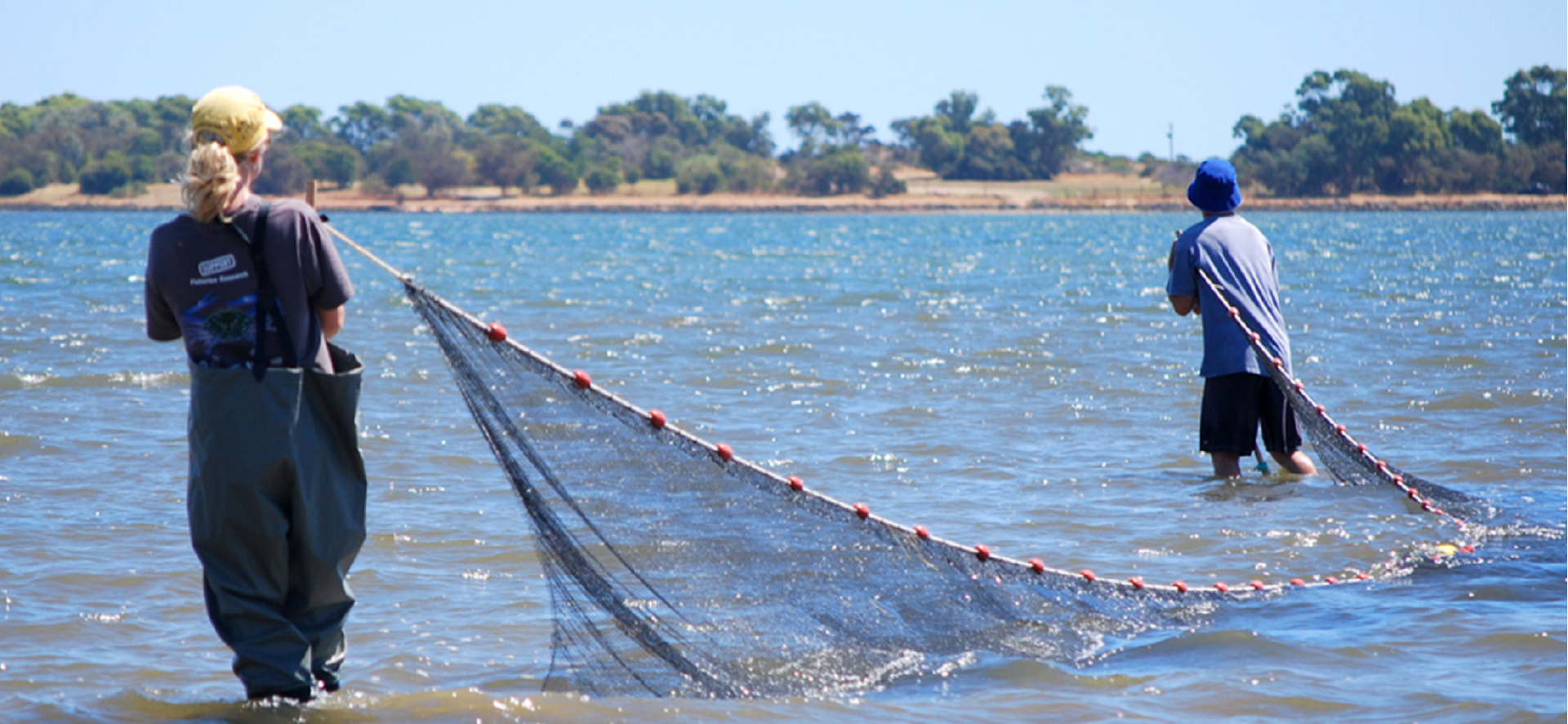
And what’s the best advice to us on helping the process along?
Do things by the rules—obey the bag and size limits.
Support local industries and pay a bit more for our locally caught fresh fish.
“If people eat WA-caught fish and crabs, it puts that money back into the local economy,” says Dan.
And that strengthens the community’s interest on how the stocks are going.
A win-win for all.



